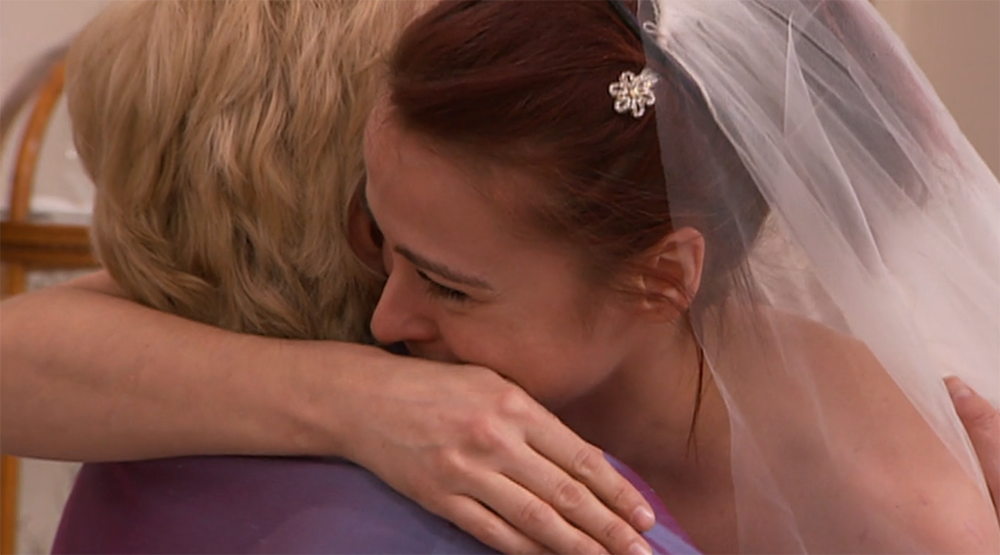Season One of Say Yes To The Dress is quite literally a relic from another time. Airing back in 2007 and premiering just before Keeping Up With The Kardashians, it’s a glimpse into a pre-Instagram, pre-fillers, and pre-Pinterest world. As SYTTD grew in popularity and started attracting brides with more money and higher expectations, the kind of brides who appear on this show changes drastically.
This season also spends quite a bit of time on Claudia’s struggles as a consultant, weaving in that plot throughout almost every episode as a narrative alongside the bridal appointments. As the format of the show changes, there is less and less of an emphasis on employees not named Randy Fenoli. While I frequently disagreed with SYTTD’s focus on Claudia, I can understand where they were coming from, even if I didn’t always understand what narrative they were trying to build.
I thought it would be interesting to track some of the data from SYTTD, and see how it changes throughout the seasons. Let’s start with a breakdown of the designers of the dresses that brides said yes to:

Unsurprisingly, Pnina Tornai has the largest share of dresses shown in Say Yes To The Dress. She’s an exclusive designer to the boutique, and it makes sense that they would try and promote her line. Lazaro also doesn’t surprise me – but Michelle Roth, Henry Roth, and Jim Helm are all names that rarely appear in later seasons. I would expect to see Pnina’s share increase and almost everyone else disappear.
Next, let’s talk about dress styles:

Ballgown and a-line silhouettes dominated season one. That’s not at all surprising to me. Before social media, in a world where bride’s weren’t constantly inundated with photos of their peers getting married, everyone tended to wear the same silhouettes. Most brides got their inspiration from places like Brides magazine, or friends and sisters. Almost all of them were looking for something to make them look like a princess, or a formal style that they already knew was flattering to their shape.
I strongly suspect that moving forward we’re going to see a sharp uptick in mermaid and trumpet styles, and a-line dresses will fade away as brides start to favor more extreme silhouettes.

Finally, dress budgets. Almost every bride on the show had a budget between $2,000 and $6,000 – with the next-largest category looking for dresses under $2,000. I think there are a couple of factors here. Kleinfeld Bridal, in 2007, was a well-known but still local shop in New York City. It was nowhere near the bridal behemoth that it is today. Most of the brides in season one were from New York, with a few outliers traveling from other nearby states (only two brides were from another country).
Again, I think later seasons of the show will reveal a dramatic increase in the budgets for a wedding gown. I think that has to do both with social media – which I went into in more detail above – and Kleinfeld’s increased notoriety, attracting wealthier brides from all over the world.
All of these are theories, however. We will see how it plays out!



